Advanced
This module introduces students to the fundamentals of exploring the subsurface with gravity and magnetism. Unit 1 provides a scaffolded introduction to locating buried objects with gravity. Unit 2 explores the major concepts involved in using magnetism to explore the environment. Unit 3 offers practical applications of the two methods using authentic data sets.
Students can also collect and analyze their own data using equipment your institution has access to or borrowed through EarthScope Primary Instrument Center (instructions for making an educational use request are on the EarthScope Geophysics Field Education page).
A great fit for classes in:
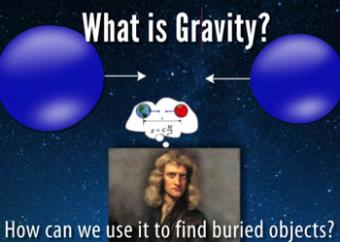
Gravity isn’t the same everywhere. In fact, it varies across globe due to both geologic features below the surface, and elevation.
Newton’s law says there is a gravitational attraction between any objects that have mass. So, to locate subsurface features or objects, we need to measure the gravitational attraction that the earth exerts at locations near buried features.
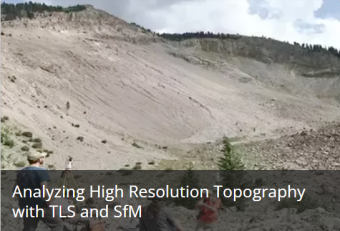
In this module students learn to conduct terrestrial laser scanner (TLS) and/or Structure from Motion (SfM) surveys to address real field research questions of importance to society. Both geodetic methods generate high resolution topographic data and have widespread research applications in geodesy, geomorphology, structural geology, and more.
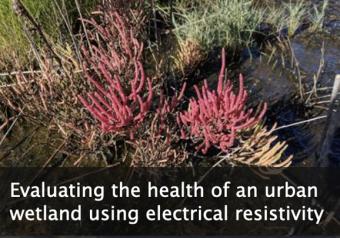
This module emphasizes how electrical resistivity is used as a proxy for measuring salinity in a wetland just outside of New York City, and how the presence of an indicator species is used as a proxy for ecosystem health. Comparing these data illustrates how cities impact the environments around them.
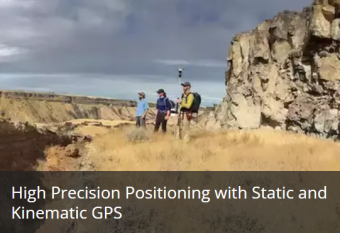
This module introduces students to global navigation satellite systems (GNSS, a more universal term than GPS). It focuses on static and kinematic methods, and shows examples for use in measuring topography and change detection.
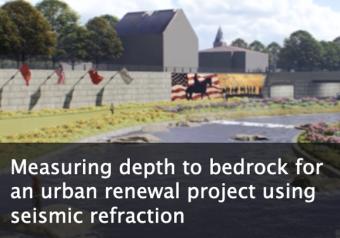
This module emphasizes how seismic methods are used to address problems or answer questions that apply to our everyday lives. Authentic datasets are used throughout the module, even for the simplest exercises. This allows students to grapple with the challenges of real data sets, where there is an element of interpretation in choosing where and how to measure variables.
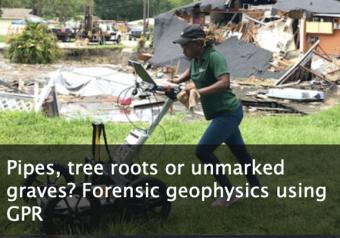
This module considers the capabilities and limitations of ground-penetrating radar (GPR) in urban/highly developed settings and for forensic applications. Students are asked to draw on their current understanding of common medical imaging methods and draw comparisons to GPR.
We encourage the reuse and dissemination of the material on this site as long as attribution is retained. To this end the material on this site, unless otherwise noted, is offered under Creative Commons Attribution (CC BY 4.0) license